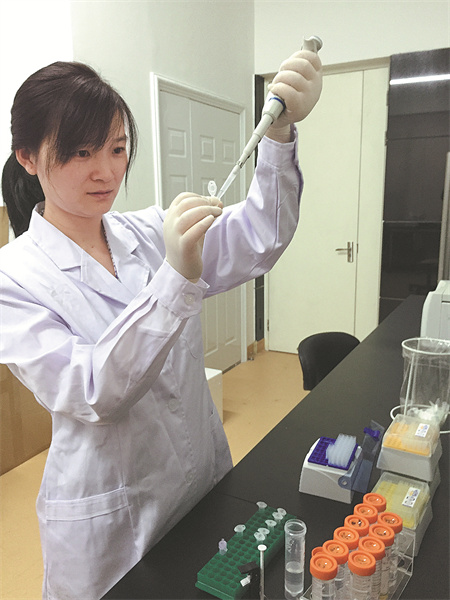

If the Earth's history of 4.6 billion years were to be compressed into 24 hours, humans arrived at 23:59.
"However, it still remains a mystery exactly what our ancestors went through," Fu says.
She has been on the quest for answers to such eternal questions as who human beings are and where they came from.
"What attracts me most about doing scientific research is exploring the unknown," says Fu, who has served as a researcher and director of the Molecular Paleontology Laboratory at the Institute of Vertebrate Paleontology and Paleoanthropology, Chinese Academy of Sciences.
"I come from China, and I have an eagerness and a responsibility to study the evolutionary history of East Asians, starting with the past populations of China."
DNA study of ancient remains came into being in the 1980s and has made great strides since the beginning of the 21st century.
"Through the ancient DNA, we can directly observe the genetic composition of ancient individuals and the promiscuous pattern of genes," Fu explains.
"The ancient DNA data can reflect the genetic characteristics of the population to a large extent, which is a useful tool for the study of individuals of the past in different regions, as well as evolutionary characteristics and changes of the related groups."
Yet, using the technology to capture DNA from ancient biological samples is by no means an easy task.
"DNA traces in biological remains become increasingly more fragmented and even disappear after a long period of natural degradation, making extraction rather difficult," Fu reveals.